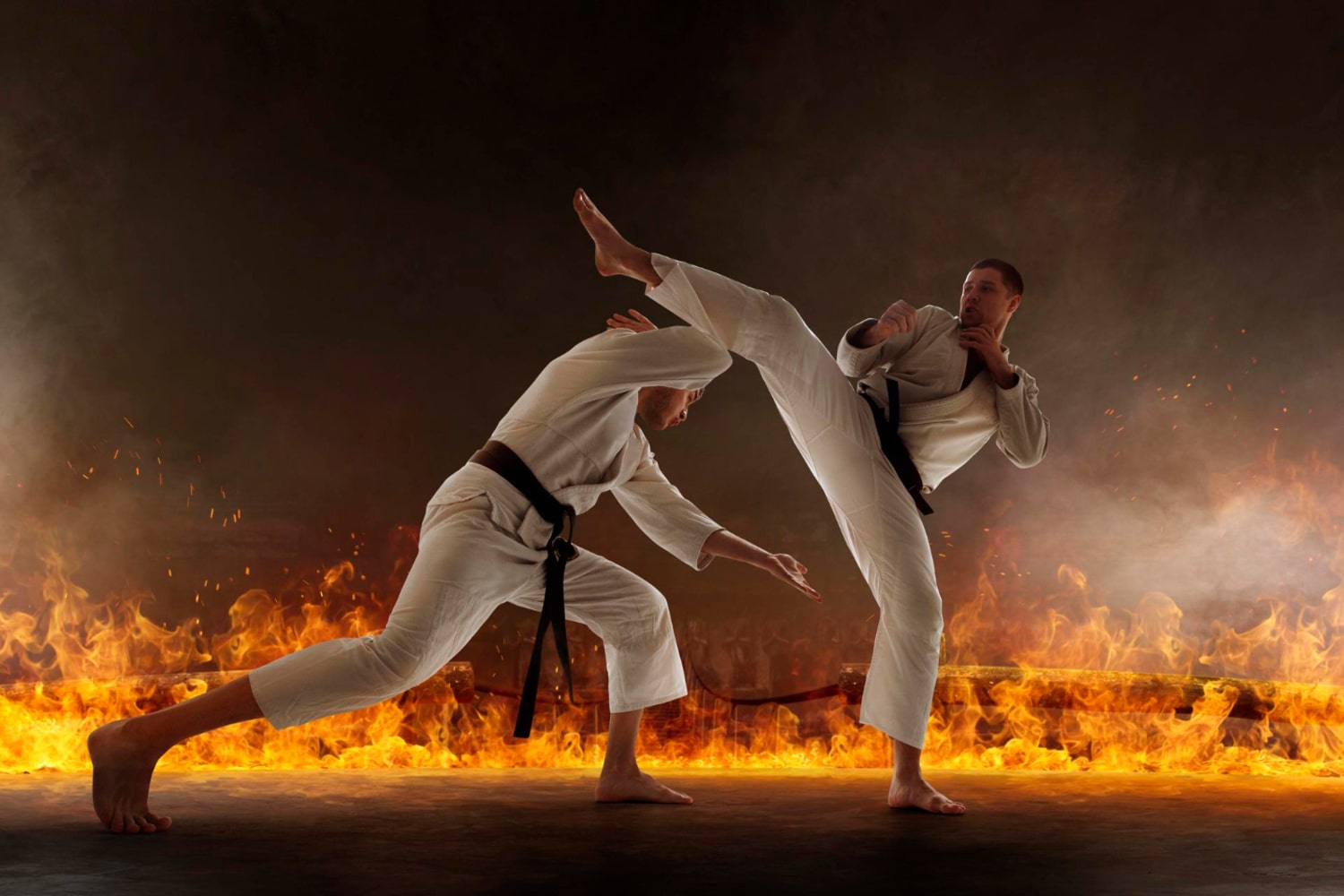Aikido is not just a martial art but a profound philosophy of inner balance and harmony. Unlike many other combat systems, it focuses not on harming an opponent but on neutralizing aggression without violence. This discipline originated in Japan in the 20th century and quickly gained popularity across the world. Aikido attracts people with its fluid movements, spiritual depth and ability to develop both the body and mind. Here are some fascinating facts about Aikido you may not have known.
- Aikido was founded by Morihei Ueshiba, a Japanese martial artist who combined techniques from jujutsu, kendo and judo with his own spiritual philosophy. His goal was to create a system of self-defense that does not destroy but harmonizes conflict. He believed that true victory lies in overcoming oneself rather than defeating others. His students often referred to him as “O-Sensei,” which means “Great Teacher.”
- The word “Aikido” consists of three Japanese characters: “ai” meaning harmony or union, “ki” meaning life energy, and “do” meaning path or principle. Therefore, Aikido can be translated as “the way of harmonizing energy.” This name reflects the core idea of the art — achieving balance with oneself, with the opponent and with the surrounding world. It is this philosophy of harmony that makes Aikido unique among martial systems.
- Aikido does not include tournaments or competitions, which sets it apart from many other martial arts. The main purpose of training is not to defeat an opponent but to learn self-control and situational awareness. Training involves working in pairs, where one person attacks and the other performs the technique. This encourages mutual understanding and helps both partners grow.
- Aikido techniques emphasize circular movements that redirect the opponent’s energy instead of meeting it with force. This approach allows even physically weaker individuals to defend themselves effectively. All movements are performed smoothly, with precision and without unnecessary tension. Such training reduces the risk of injury and supports long-term practice.
- Practitioners of Aikido wear a specific uniform consisting of a kimono and wide pleated pants called hakama. The hakama is usually worn by more experienced practitioners starting from a certain rank. It symbolizes discipline, dignity and responsibility. Additionally, it helps conceal footwork, making it harder for opponents to anticipate techniques.
- Aikido incorporates weapon training, using wooden swords (bokken), staffs (jo) and knives (tanto) during practice. These tools help practitioners better understand distance, angles and coordination. Working with weapons also enhances focus and improves unarmed techniques. Many empty-hand movements in Aikido are based on weapon principles.
- Aikido is suitable for people of all ages and levels of physical fitness. Many schools offer adapted programs for children, seniors and individuals with disabilities. Training emphasizes balance, breathing and concentration. This makes Aikido an effective way to support both mental and physical well-being.
- Although Aikido does not focus on competition, it includes a ranking system — from student levels (kyu) to advanced degrees (dan). Evaluation is based on technical skill, understanding of principles and dedication to practice. Advancing in rank often requires a technical demonstration or examination. This promotes discipline and continuous self-improvement.
- Morihei Ueshiba stressed that Aikido is not simply a method of fighting but a path to peace. He believed that the ability to defend oneself should go hand in hand with the desire to protect others. His teachings are deeply rooted in the philosophies of Buddhism, Shintoism and Taoism. The spiritual foundation of Aikido earned it the title of the art of harmony.
- Aikido is now a global phenomenon practiced by millions of people worldwide. Major organizations such as Aikikai, Shodokan and Yoshinkan have branches in numerous countries. International seminars are held annually, providing opportunities to exchange knowledge and enhance skills. This creates a global community united by mutual respect and a shared pursuit of growth.
- In some countries, Aikido is used in training programs for police officers, security guards and special units. Its techniques allow control over aggressive individuals without excessive force or harm. This is especially valuable in situations that require a fast but humane response. Aikido fosters restraint, responsibility and professional ethics.
- Unlike many martial arts, Aikido does not rely on striking as its primary form of attack. The main idea is to use the opponent’s energy and redirect it in a safe direction. This trains practitioners to think flexibly and remain calm in stressful situations. Aikido strengthens not only the body but also emotional resilience.
- There are many styles of Aikido, each with its own technical focus and teaching methods. For example, the Yoshinkan style is known for its strict structure and precision, while Aikikai emphasizes flow and harmony. Shodokan style combines Aikido with elements of karate and allows sporting competition. This diversity allows each practitioner to choose a path that matches their personality and goals.
These amazing facts about Aikido show that it is more than a form of self-defense — it is a path toward inner balance, respect and personal development. Aikido teaches not to fight but to understand and act in harmony with the world. It is an art that unites body and mind regardless of age or ability. That is why Aikido continues to inspire people around the world.





